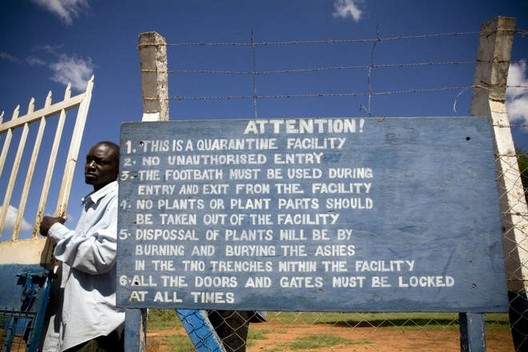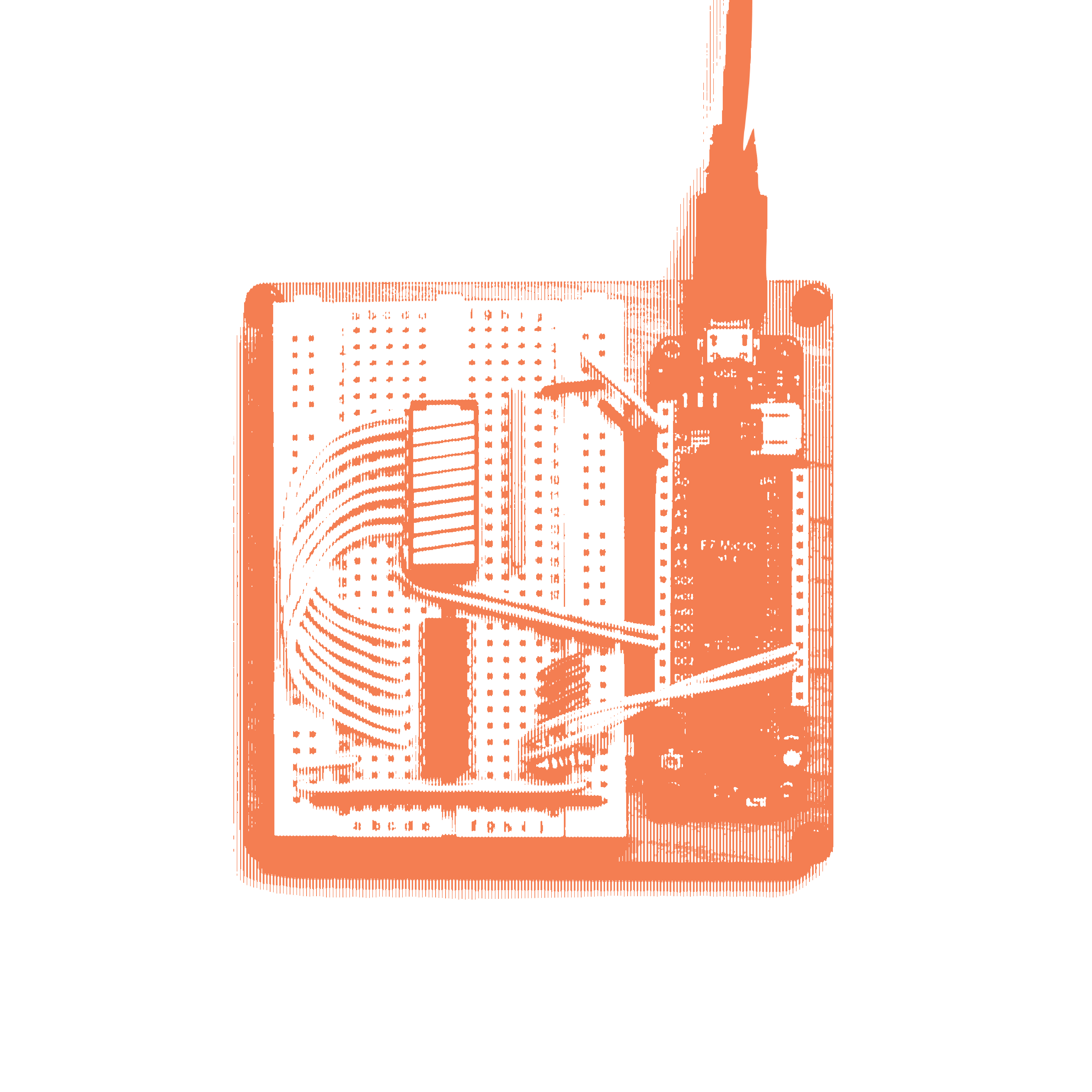
There's nothing like rain to wreck the field trial of a crop designed to resist drought. So an arid plain south of Nairobi is considered a good place to test drought-resistant biotech corn seeds: It doesn't rain for six months at a time.
Those long dry periods allow scientists to test the crop by stopping irrigation during critical periods, such as when plants flower.
Monsanto Co., which donated technology and breeding expertise to the crop's development, conducted two field trials of the seeds in South Africa in 2008, and rain spoiled both. The company conducted trials at four sites last year.
The first trial outside South Africa could take place this year at Kiboko if the Kenyan government approves. The seeds will contain a gene taken from a common bacterium, known as Bacillus subtillis, that is found in water, soil and air. The bacteria are widely used in making enzymes and chemicals.
The project's goal is to increase yields by 25 percent under drought conditions. As much as half of the gain will come from using Monsanto's molecular breeding techniques to develop new plant lines from African cultivars, scientists say. The new hybrids will have to produce good yields in normal weather as well as in drought. The research is being headed by scientists with the International Maize and Wheat Improvement Center, the Mexico-based institute associated with Nobel Peace Prize winner Norman Borlaug. The center was the source of the improvements in wheat yields that fueled the Green Revolution of the 1960s in South Asia.





